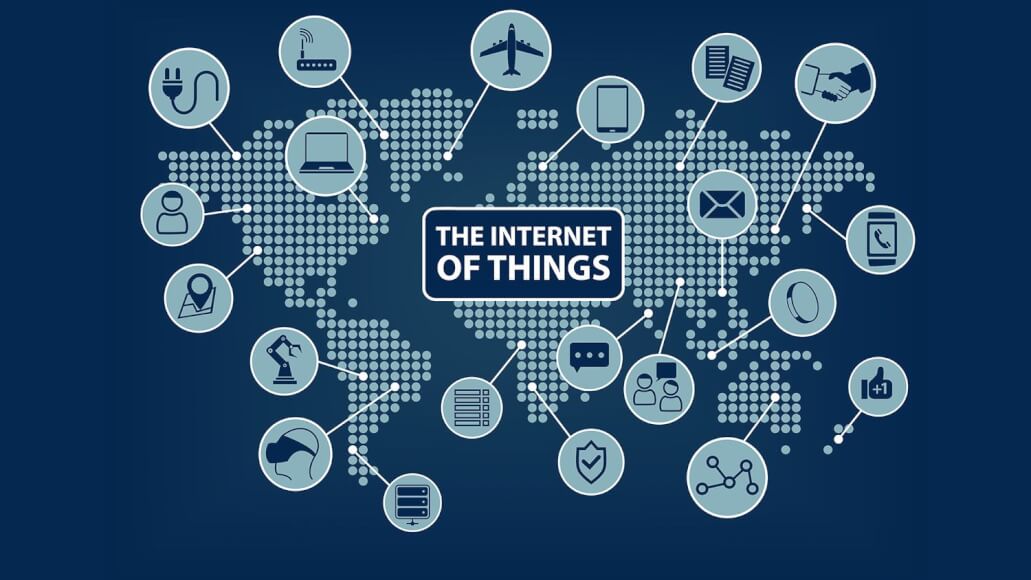Increasing demand for high-speed network connectivity such as Fifth Generation (5G) is a key factor driving IoT connectivity market revenue growth
The global Internet of Things (IoT) connectivity market size reached USD 5.91 Billion in 2021 and is expected to register a revenue CAGR of 24.1% during the forecast period, according to latest analysis by Emergen Research. Growing use of wireless communication protocols such as Bluetooth, Zigbee, and others in IoT devices is driving market revenue growth.
The IoT is a network of interconnected computing devices, primarily mechanical and digital machines, that are assigned unique identifiers and thus enable data transfer within them over a network without the need for human-to-computer interaction. It works by connecting these devices to a cloud-based application that shares information and data. When the data reaches the cloud, the software processes it and decides what action to take. There is also a user interface that allows the user to manually check the information or prompt any action.
The researchers have considered all the factors influencing the growth of the IoT Connectivity market on the global and regional scale. The report considers the COVID-19 pandemic as one of the key influencing factors of the IoT Connectivity market. The pandemic has disrupted the supply chains and economic scenario of the market and has hindered the growth of the market. The report discusses in detail the overall impact of the COVID-19 pandemic on the IoT Connectivity market and its key segments. The report also offers a current and future impact of the COVID-19 pandemic on the market.
Some Key Highlights from the Report
• Building and Home Automation segment accounted for second-largest revenue share in 2021. Home automation allows users to control their household appliances. It also optimizes its performance and provides better energy conservation. Smart thermostats, such as the Nest from Nest Labs Inc., provide an integrated Wireless Fidelity (Wi-Fi) ecosystem, allowing users to schedule, monitor, and remotely control them. These devices also adapt to the preferences of the users and, as a result, automatically adjust to provide maximum comfort and efficiency. IoT-based home automation systems control appliances via internet protocols and cloud computing and provide benefits such as ease of installation and fault detection.
• Manufacturing segment accounted for second-largest revenue share in 2021. IoT devices linked to other cutting-edge technologies have made manufacturing processes much more efficient and optimized. IoT with millions of connected modules allows for the collection of data from various industrial processes, which is then used by industry professionals to make informed decisions.
Furthermore, technologies such as Artificial Intelligence (AI), machine learning, and high-speed network connectivity such as 5G have enabled IoT operations to be streamlined. 5G networks, for example, boost business operations by making them more agile and flexible. It also provides faster speed, lower latency, and increased bandwidth. In addition, IoT applications and devices communicate with machines in real time and collect data from them. This data is then processed using cloud software to produce meaningful insights that can be used to make future decisions.
Furthermore, the report provides details about the new players entering the market, entry-level barriers and offers strategic recommendations to overcome those barriers to gain a substantial industry presence.
Key Players operating in the IoT Connectivity industry are:
Huawei Technologies Co. Ltd., Cisco Systems, Inc., AT&T Intellectual Property, Telefónica, Telefonaktiebolaget LM Ericsson, Vodafone Group Plc., Verizon,
Orange Business Services, Sierra Wireless, and Hologram Inc.
Emergen Research has segmented global IoT connectivity market on the basis of component, application, deployment type, end-use, and region:
• Component Outlook (Revenue, USD Billion; 2019-2030)
o Hardware
o Software
o Services
• Application Outlook (Revenue, USD Billion; 2019-2030)
o Building & Home Automation
o Smart Energy & Utility
o Smart Manufacturing
o Smart Grid
o Smart Retail
o Smart Transportation
o Others
• Deployment Type Outlook (Revenue, USD Billion; 2019-2030)
o On-Premise
o Cloud
• End-use Outlook (Revenue, USD Billion; 2019-2030)
o Education & Healthcare
o Defense & Aerospace
o Information Technology & Telecommunication
o Retail & E-Commerce
o Manufacturing
o Others
• Regional Outlook (Revenue, USD Billion; 2019-2030)
o North America
1. US
2. Canada
3. Mexico
o Europe
1. Germany
2. France
3. UK
4. Italy
5. Spain
6. Benelux
7. Rest of Europe
o Asia Pacific
1. China
2. India
3. Japan
4. South Korea
5. Rest of APAC
o Latin America
1. Brazil
2. Rest of LATAM
o Middle East & Africa
1. Saudi Arabia
2. UAE
3. South Africa
4. Turkey
5. Rest of MEA
The all-inclusive report on the Global IoT Connectivity Market added by Emergen Research demonstrates that the global IoT Connectivity market is presumed to grow at a steady CAGR throughout the forecast timeline. The report analyzed the key market drivers, restraints, growth opportunities, investment opportunities, threats, and limitations of the IoT Connectivity market. The report also offers accurate forecast estimation at a global and regional level to impart a better understanding of the scope of the market.
Radical Features of the IoT Connectivity Market Report:
• The report encompasses IoT Connectivity market overview along with market share, demand and supply ratio, production and consumption patterns, supply chain analysis, and other ley elements
• An in-depth analysis of the different approaches and procedures undertaken by the key players to conduct business efficiently
• Offers insights into production and manufacturing value, products and services offered in the market, and fruitful information about investment strategies
• Supply chain analysis along with technological advancements offered in the report
• The report covers extensive analysis of the trends, drivers, restraints, limitations, threats, and growth opportunities in the IoT Connectivity industry
Source: https://www.einnews.com/


